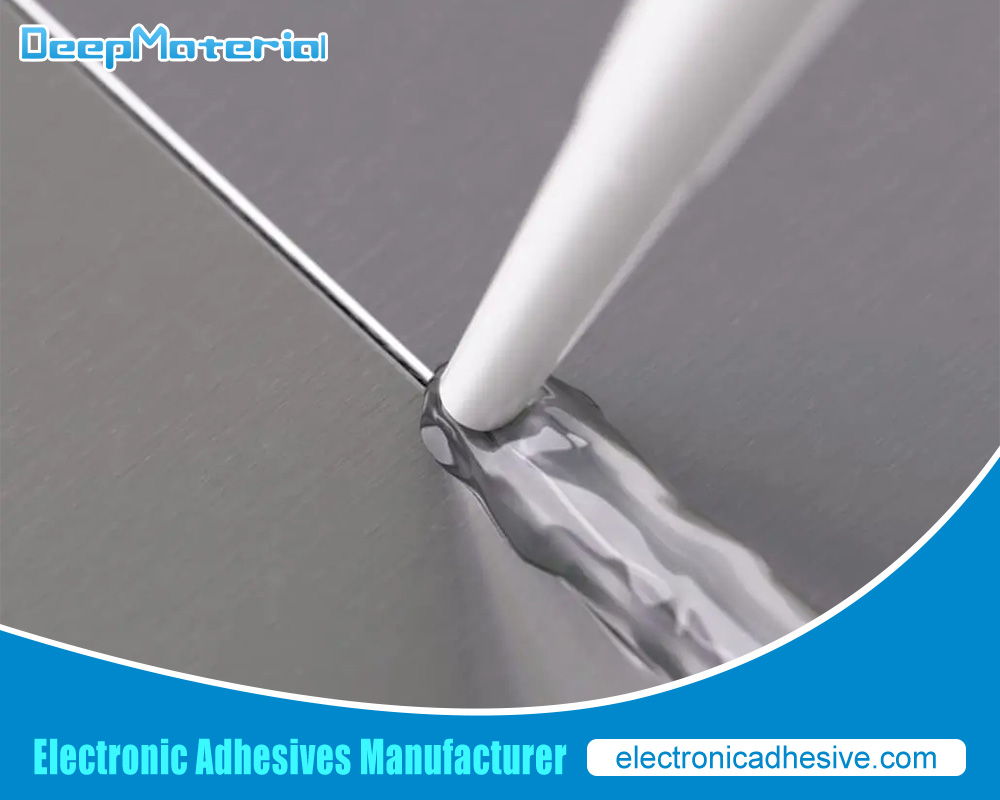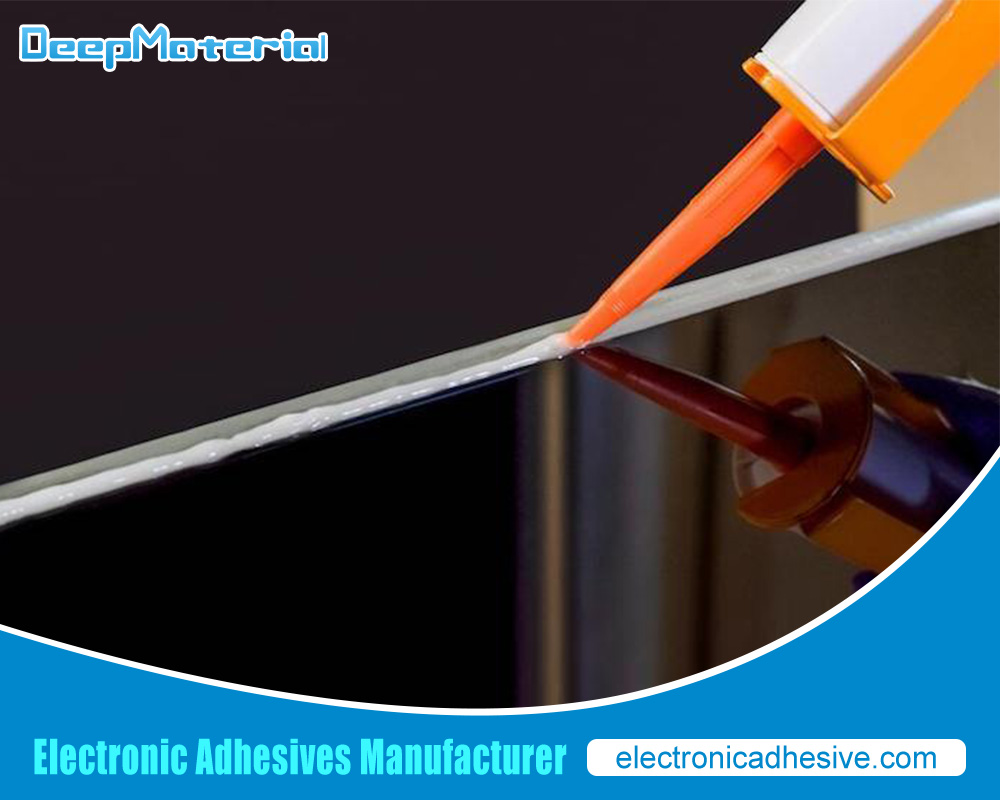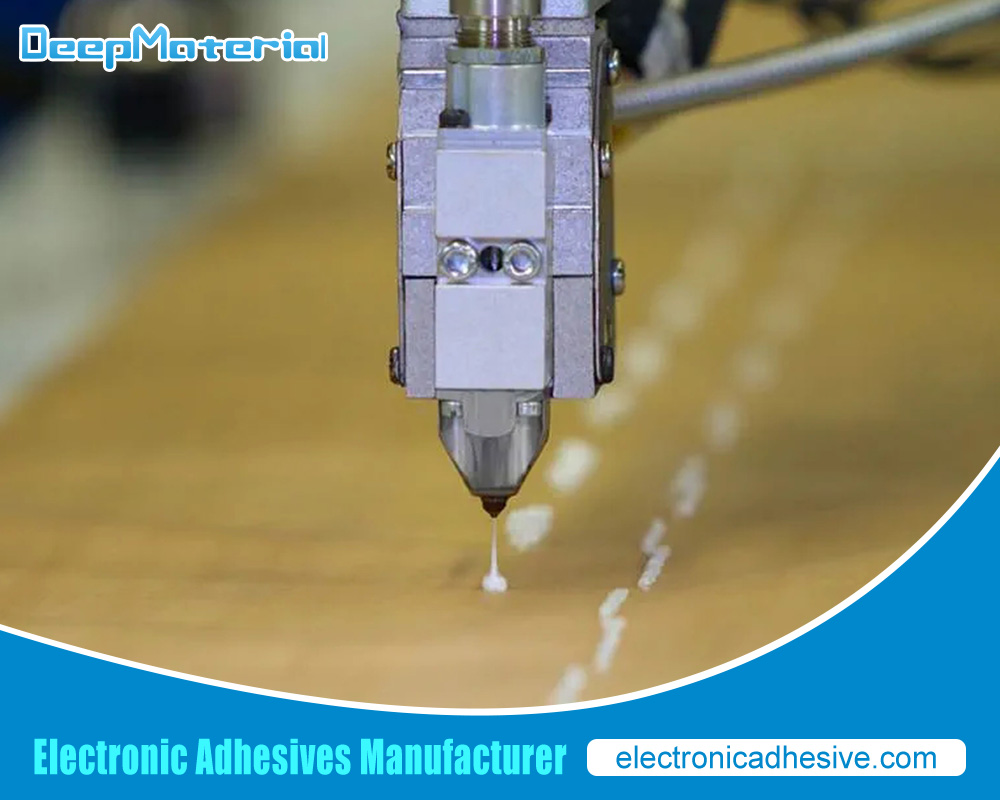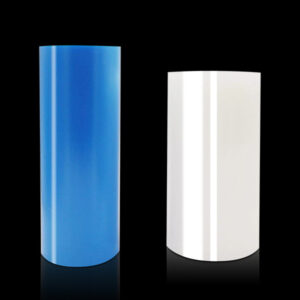Understanding the Importance of Semiconductor Adhesive in Chip Packaging
Understanding the Importance of Semiconductor Adhesive in Chip Packaging
Semiconductor adhesive plays a crucial role in chip packaging, which is an essential step in the manufacturing process of electronic devices. Chip packaging involves the assembly of integrated circuits onto a substrate, providing protection and electrical connections. The adhesive used in this process is responsible for holding the chips in place and ensuring reliable electrical connections. Understanding the role of semiconductor adhesive in chip packaging is vital for ensuring the performance and reliability of electronic devices.

Semiconductor Adhesive and Chip Packaging
Semiconductor adhesive refers to the material used to bond and encapsulate semiconductor chips onto a substrate during chip packaging. It provides mechanical support, electrical insulation, and protection against environmental factors such as moisture, dust, and temperature variations. Chip packaging, on the other hand, involves the assembly of integrated circuits onto a substrate, which can be a printed circuit board (PCB) or a lead frame. This process includes wire bonding, die attach, encapsulation, and testing.
The history of semiconductor adhesive and chip packaging dates back to the early days of the semiconductor industry. In the 1960s, epoxy-based adhesives were commonly used for chip packaging due to their excellent adhesion properties and thermal stability. Over the years, advancements in materials science and manufacturing processes have led to the development of various types of semiconductor adhesives, each with its own set of advantages and disadvantages.
The Role of Semiconductor Adhesive in Chip Packaging
Semiconductor adhesive plays a critical role in chip packaging for several reasons. Firstly, it provides mechanical support by bonding the chips to the substrate, ensuring that they stay in place even under mechanical stress or vibrations. This is particularly important in applications where the electronic devices are subjected to harsh environments or high levels of physical stress.
Secondly, semiconductor adhesive provides electrical insulation between the chips and the substrate. This prevents electrical short circuits and ensures reliable electrical connections. The adhesive also helps to dissipate heat generated by the chips, preventing overheating and potential damage to the electronic components.
Lastly, semiconductor adhesive provides protection against environmental factors such as moisture, dust, and temperature variations. It acts as a barrier, preventing these elements from reaching the sensitive electronic components and causing damage. This is especially crucial in applications where the electronic devices are exposed to extreme temperatures or high humidity levels.
Types of Semiconductor Adhesive Used in Chip Packaging
There are several types of semiconductor adhesives used in chip packaging, each with its own set of advantages and disadvantages. Some of the commonly used types include epoxy-based adhesives, silicone-based adhesives, and polyurethane-based adhesives.
Epoxy-based adhesives are widely used in chip packaging due to their excellent adhesion properties and thermal stability. They provide strong bonding strength and are resistant to high temperatures, making them suitable for applications that require reliable electrical connections and mechanical support. However, epoxy-based adhesives can be brittle and prone to cracking under mechanical stress.
Silicone-based adhesives, on the other hand, offer excellent flexibility and thermal stability. They can withstand a wide range of temperatures and are resistant to moisture and chemicals. Silicone-based adhesives also have good electrical insulation properties. However, they may not provide as strong bonding strength as epoxy-based adhesives.
Polyurethane-based adhesives are known for their excellent flexibility and impact resistance. They can absorb mechanical stress and vibrations, making them suitable for applications that require high levels of mechanical support. However, polyurethane-based adhesives may not have as good thermal stability as epoxy or silicone-based adhesives.
Factors Affecting the Performance of Semiconductor Adhesive in Chip Packaging
Several factors can affect the performance of semiconductor adhesive in chip packaging. These factors include the type of adhesive used, the surface preparation of the substrate, the curing process, and the environmental conditions during and after the chip packaging process.
The type of adhesive used is crucial in determining the performance of the semiconductor adhesive. Different types of adhesives have different properties and are suitable for different applications. It is important to select an adhesive that meets the specific requirements of the chip packaging process, such as adhesion strength, thermal stability, and flexibility.
The surface preparation of the substrate is also critical in ensuring the performance of the semiconductor adhesive. The substrate should be clean and free from contaminants such as dust, grease, or moisture. Proper surface preparation, such as cleaning and roughening, can improve the adhesion strength of the adhesive and ensure reliable bonding.
The curing process of the adhesive is another important factor to consider. The adhesive should be cured under the appropriate temperature and time conditions to ensure proper bonding and mechanical strength. Improper curing can result in weak bonding and reduced performance of the semiconductor adhesive.
Lastly, the environmental conditions during and after the chip packaging process can affect the performance of the semiconductor adhesive. Factors such as temperature, humidity, and exposure to chemicals can impact the adhesion strength and reliability of the adhesive. It is important to consider these factors and select an adhesive that can withstand the specific environmental conditions of the application.
Advantages of Using Semiconductor Adhesive in Chip Packaging
There are several advantages of using semiconductor adhesive in chip packaging. Firstly, semiconductor adhesive provides strong bonding strength, ensuring that the chips stay in place even under mechanical stress or vibrations. This is particularly important in applications where the electronic devices are subjected to harsh environments or high levels of physical stress.
Secondly, semiconductor adhesive provides electrical insulation between the chips and the substrate, preventing electrical short circuits and ensuring reliable electrical connections. The adhesive also helps to dissipate heat generated by the chips, preventing overheating and potential damage to the electronic components.
Furthermore, semiconductor adhesive provides protection against environmental factors such as moisture, dust, and temperature variations. It acts as a barrier, preventing these elements from reaching the sensitive electronic components and causing damage. This is especially crucial in applications where the electronic devices are exposed to extreme temperatures or high humidity levels.
In comparison to other types of adhesive, semiconductor adhesive offers specific properties that make it suitable for chip packaging. For example, epoxy-based adhesives provide excellent adhesion strength and thermal stability, while silicone-based adhesives offer flexibility and resistance to moisture. The choice of semiconductor adhesive depends on the specific requirements of the chip packaging process and the application.

Final Words
In conclusion, semiconductor adhesive plays a crucial role in chip packaging, providing mechanical support, electrical insulation, and protection against environmental factors. Understanding the role of semiconductor adhesive is vital for ensuring the performance and reliability of electronic devices.
For more about choosing the understanding the importance of semiconductor adhesive in chip packaging, you can pay a visit to DeepMaterial at https://www.electronicadhesive.com/ for more info.











